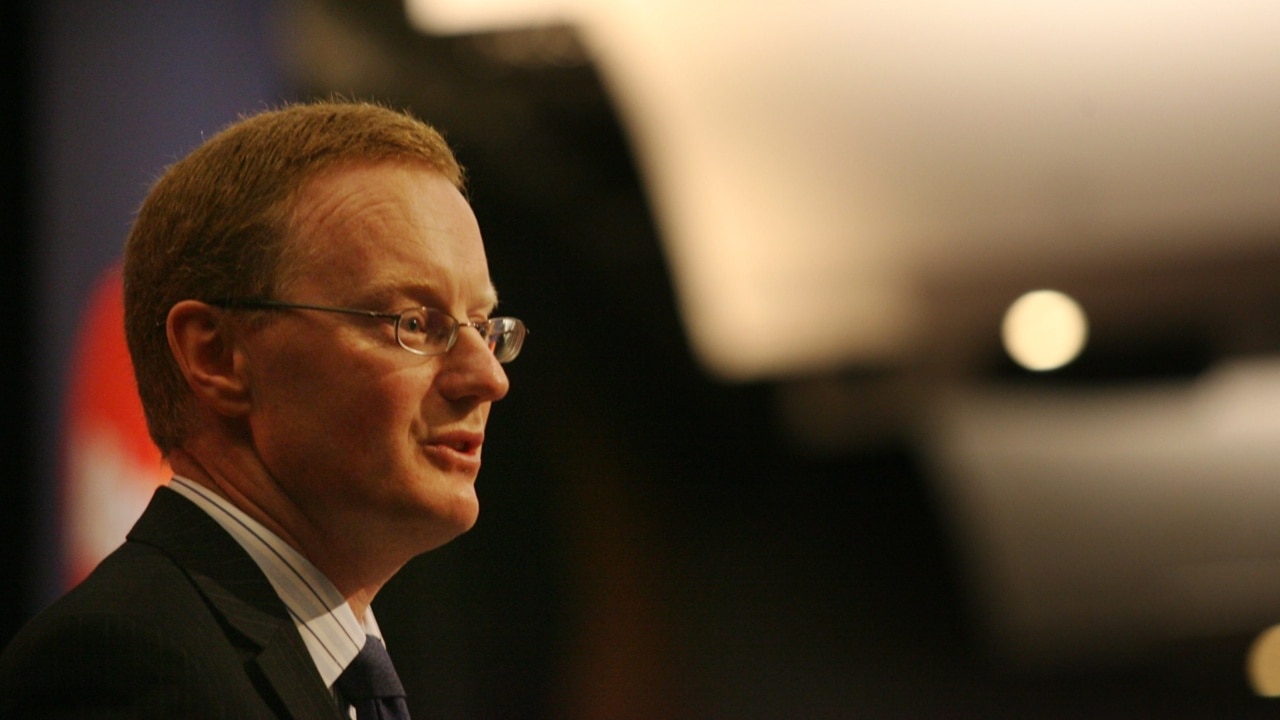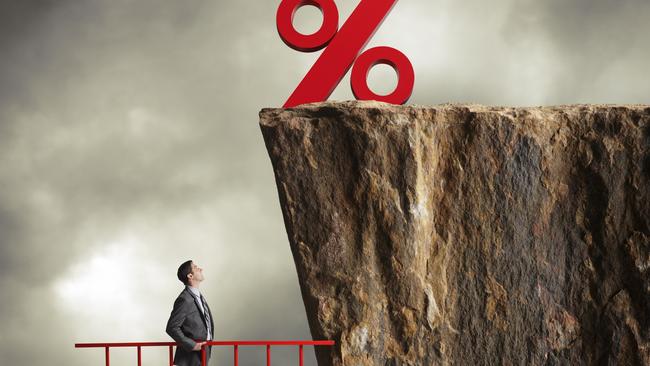Rate rise climb: how much higher will the Reserve Bank go?
The Reserve Bank is not finished raising interest rates, and some forecasts of where the cash rate may end up will scare many homeowners.

National
Don't miss out on the headlines from National. Followed categories will be added to My News.
Four more interest rate increases could be slapped on households in the coming months, according to financial markets and some economists.
Uncertainty around inflation and the impact of the Reserve Bank of Australia’s previous rate rises totalling 2.75 per cent since May have sparked widely-varying forecasts, but at least one more increase seems certain.
Money markets’ expectations imply a 4 per cent RBA cash rate within six months, and 4.3 per cent a year from now, while economists’ forecasts for mid-2023 range from the current 2.85 per cent rate to 4.35 per cent.
The RBA’s November 1 rise of 0.25 percentage points was the seventh-straight monthly increase and means many households are already battling much bigger mortgage repayments.
AMP chief economist Shane Oliver said there was a lag between rate rises and their impact, often taking a couple of months to flow through to repayments.

“Then it takes a while for people to realise that their bank account is not looking as healthy as they thought it might be and they adjust their spending,” he said.
Dr Oliver said while the RBA had flagged it was not finished with rate rises, “we think we are getting pretty close to the top”.
“It’s a huge impact – on a $500,000 mortgage you are almost paying an extra $10,000 per annum,” he said.
Dr Oliver said the divergence of economists’ forecasts reflected the current uncertainty and some believing that households built big savings buffers during the pandemic and were yet to spend them.
He expects the RBA to make one more rise in December, to 3.1 per cent, before stopping.
PropTrack senior economist Eleanor Creagh said she expected a December rate rise, and then another to 3.35 per cent in early 2023.
“There’s upside risk to that forecast,” she said.
“It looks like the RBA is forecasting a higher peak in inflation, and inflation not returning to the 2-3 per cent target band until 2025.”
Ms Creagh said many borrowers would be rolling off fixed-rate mortgages in 2023 and facing large monthly repayment rises, adding to uncertainty.
“There is a lumpy adjustment process that is going to be occurring over the coming months,” she said.

BetaShares chief economist David Bassanese said if wages growth and inflation were contained in Australia, the RBA would be able to be patient in waiting for inflation to slow and avoid a recession.
“My base view is that the US economy will go into recession in 2023, which will limit the degree to which the RBA raises rates further,” he said.
“My base case expectation is three further 25 basis point movies in December, February and March and a peak cash rate of 3.6 per cent. A US recession – and rising local unemployment – could then see the RBA cut rates by say 50 basis points in the second half of 2023.”
ANZ economists have forecast a peak of 3.85 per cent, while Commonwealth Bank economists expect 3.1 per cent.
“Over the last few days, there have been encouraging signs of a slowing of price pressures,” CommSec chief economist Craig James said.
More Coverage
Originally published as Rate rise climb: how much higher will the Reserve Bank go?





